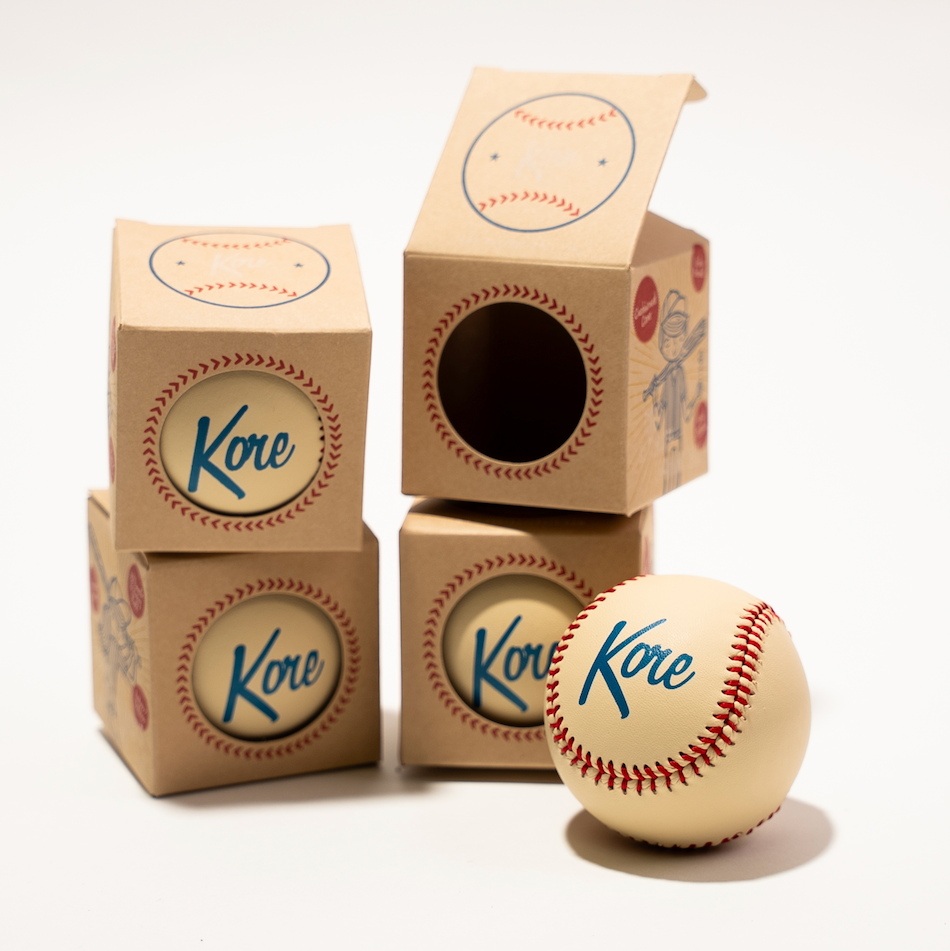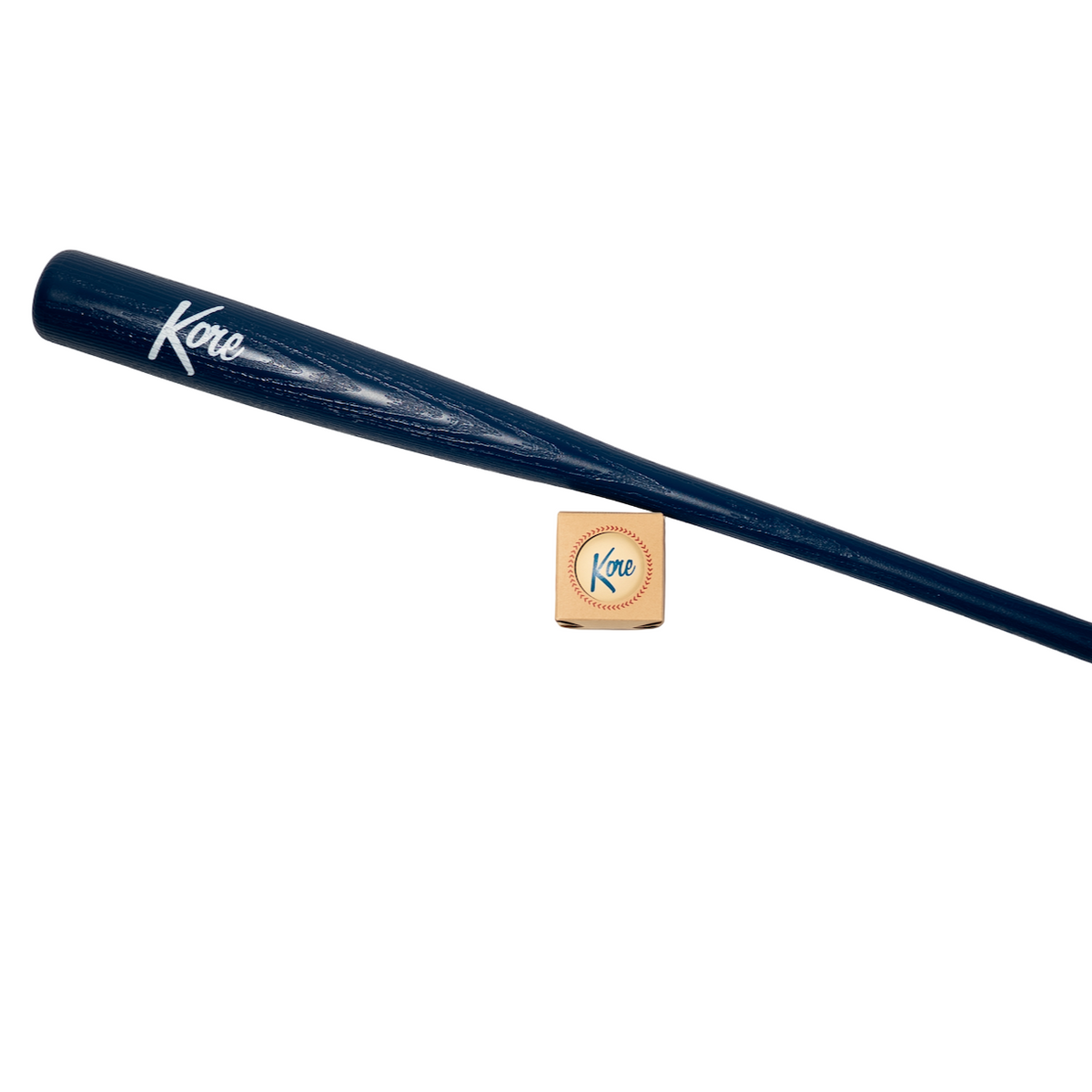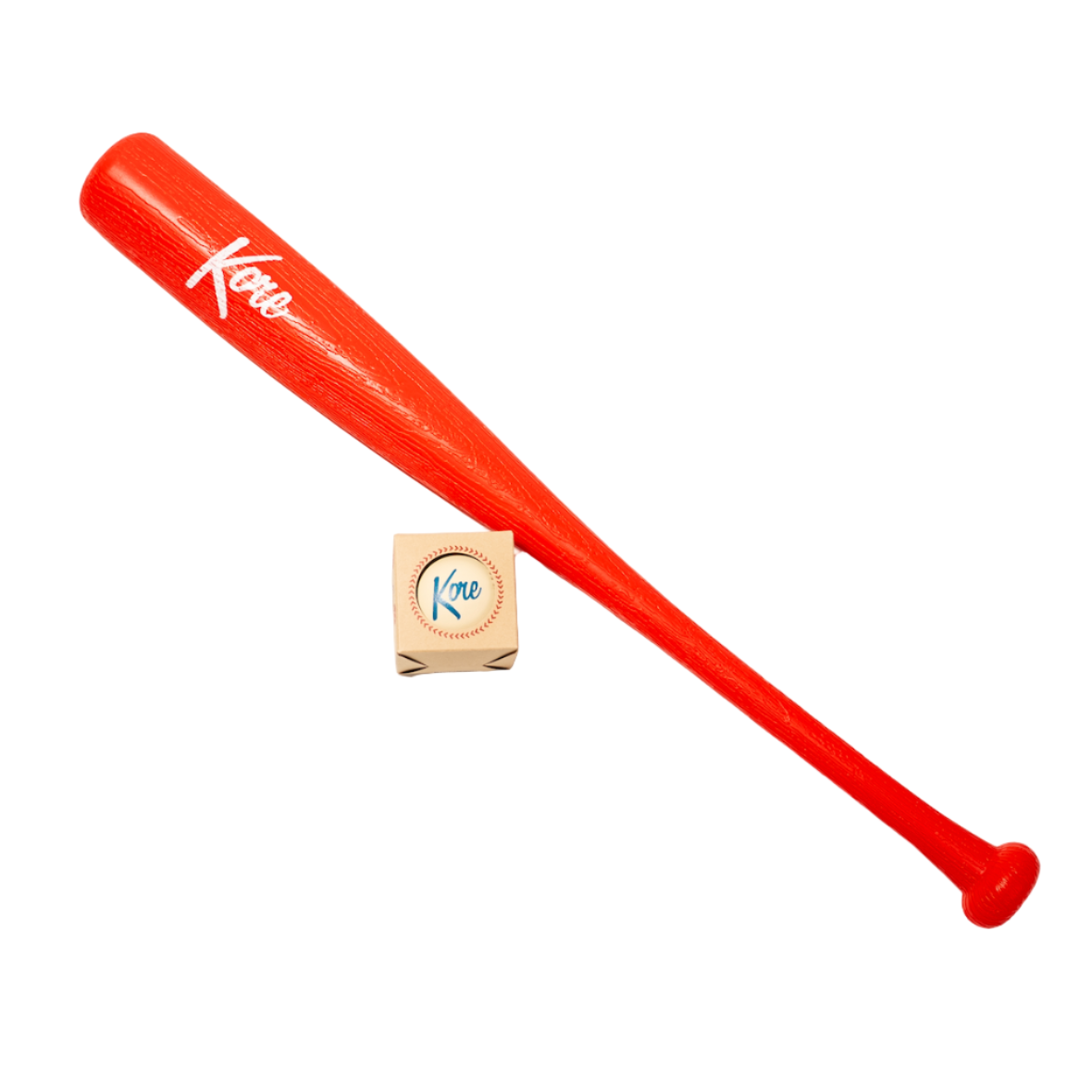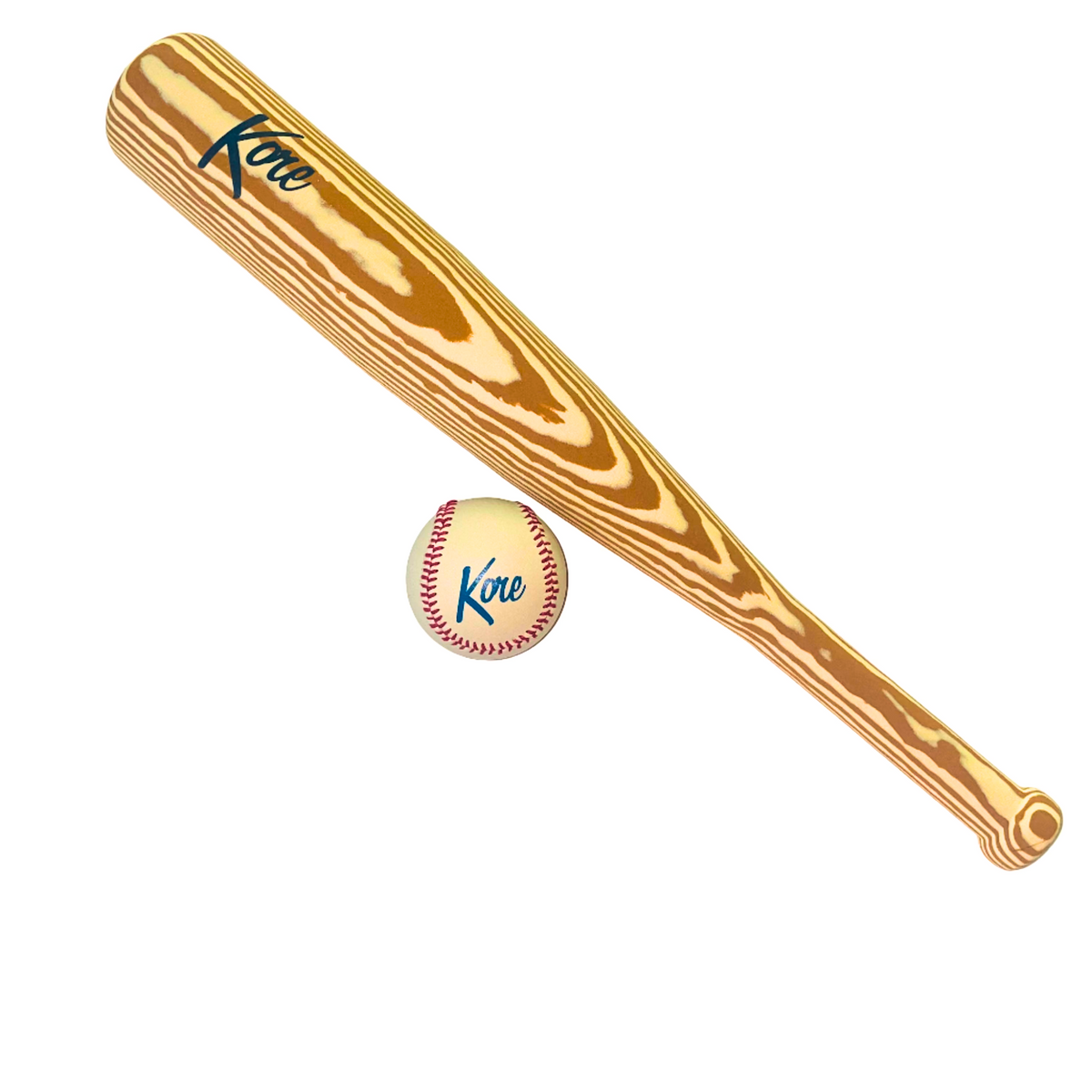Fundamentals of Cutoffs and Relays
Understanding the Roles and Responsibilities of Each Position
In baseball, successful cutoffs and relays rely heavily on players fully grasping and executing their specific roles and responsibilities on the field. Outfielders have the crucial job of strategically positioning themselves to cut off balls hit deep into the outfield gaps or down the lines. They need to quickly read the trajectory and speed of the batted ball off the bat and get to the right spot to field it cleanly. Outfielders must also communicate clearly with their fellow outfielders and infielders, yelling out who will field the ball to avoid confusion or collisions.
After fielding the ball, outfielders need to make strong, accurate throws to their cutoff men, the infielders who have moved into position to relay the throw to the necessary base. The infielders' role during cutoffs and relays is to guide the outfielders on where to throw, usually by calling out the base, and then get their bodies in front of the ball to make a clean catch and transition. Infielders serving as relay men need to be decisive and deliver crisp, on-target throws to the base ahead of the runner to record potential outs.
In addition to outfielders and infielders, pitchers and catchers also have responsibilities during cutoffs and relays. Pitchers need to back up throws to third base and home plate in case of an overthrow. Catchers are the last line of defense at home plate and need to call out the location for their teammate's throws while bracing for contact with runners trying to score. When all these pieces fit together seamlessly, with players anticipating where the play will be and moving decisively, cutoffs and relays can erase runners and stymie an opposing offense.
What are the Objectives of Cutoffs and Relays?
At the most fundamental level, the primary objectives of executing proper cutoffs and relays in baseball are to prevent extra bases and deliver crisp, accurate throws that avoid costly errors. Outfielders making timely cutoffs of balls hit to the gaps take away chances for triples or inside-the-park home runs. Strong cutoffs can keep a single to a single and a double to a double. Quickly relaying throws from the outfield to the infield can catch runners trying to take an extra 90 feet or get greedy runs on poor throws. Nailing down fundamental relay exchanges with proper footwork, arm action, and pace on throws will make runners think twice about trying to sneak an extra base.
Curtailing opponent's chances to advance and tack on runs is always the top priority with cutoffs and relays, but teams also use these sequences to generate outs. Outfielders who reach balls quickly and deliver strikes to their relay men give infielders the chance to put tags on runners trying to stretch singles into doubles or go first to third on base hits. The faster and more accurately outfielders and infielders work in tandem on cutoffs and relays, the greater likelihood of registering pivotal outs on the bases.
Proper Communication and Positioning Establishing Effective Communication Channels
Amidst all the action of fielding and throwing, communication between outfielders and infielders forms the true backbone of crisp cutoffs and relays. Players need to be loud and direct in telling each other who is fielding the ball, which base to throw to, and where the relay target is positioned. This is not a time for timidity or hesitation - in the heat of the moment, firm, clear commands are a necessity.
Many teams have specific verbiage they use to signal who is covering which base or section of the field to cut down on potential confusion. Outfielders often yell "I got it!" or "Ball!" to announce they will field it. Infielders will call out "Cut!" or "Relay!" to identify themselves as the cutoff target for their teammate's throw. The catcher will complete the chain by vocalizing which base to throw to. Players should make these callouts early and loudly so that everyone is on the same page.
Besides verbal communication, teams often utilize hand and arm signals to coordinate cutoffs and relays visually. Infielders might point to the base they want the ball delivered to or put their hands up to provide outfielders a clear throwing target. Outfielders can pump fake before uncorking throws to keep runners honest. Catchers put down a fist or an open hand to denote if the throw should go to the plate or be cutoff. Non-verbal gestures are subtle yet effective ways to keep everyone in sync.
Strategic Positioning for Optimal Execution
Where players position themselves when fielding their positions and especially during live cutoff and relay situations directly impacts their execution. Outfielders need to familiarize themselves with the nooks and crannies of their home ballparks and the amount of territory they can reasonably cover in order to get optimal jumps and angles on balls hit their direction.
When an outfielder reads a ball will land in the gaps or down the lines, they need to anticipate the carom and sprint to where the ball will end up to put themselves in position to field and spin and throw in one smooth motion. Getting behind the ball with momentum coming towards the infield gives outfielders a huge advantage in firing strong, on-line throws to their relay men.
Infielders need to be decisive in hitting their relay spots as soon as their outfielders field the ball. Indecision or false steps can turn a potentially close play into a virtual guarantee for the offense. Second basemen and shortstops usually handle relays from left and center field with third basemen roving into the outfield grass for balls hit to right field. First basemen regularly trail the play and hustle to back up potential throws to third or home. On balls in the gaps, middle infielders need to read the trajectory early and gain depth, opening up throwing lanes for outfielders.
Whenever an infielder sets up too shallow or off to the side on a relay, they bring the runner into their line of vision and turn their catch and throw into a lateral sequence devoid of any momentum towards their target. By gaining depth directly in line with the base where the play will be, infielders streamline the process of receiving throws from the outfield and quickly transitioning the baseball towards the next base. Infielders can shuffle or turn their feet to lead their throws while still keeping their momentum consistently churning towards the bag or plate.
Techniques and Execution
Outfielders: Throwing Mechanics and Accuracy
Outfielders spend hours practicing and refining the specific throwing mechanics required to deliver accurate lasers from 250-plus feet away to small targets being run towards at full speed. The most efficient outfield throwing technique involves a crow hop to transfer momentum from catching the ball to preparing to launch it back towards the infield. As an outfielder secures the catch, their feet should be churning underneath them, allowing for a hop behind the ball to start the transfer of energy from the ground up through the torso and into the throwing arm.
On the crow hop, outfielders need to keep their throwing elbow above the shoulder to create a compact arm circle that efficiently transfers energy into the baseball. The throwing hand should reach back with the ball facing away from the target before whipping through on a downward plane and releasing the ball out front as the back leg rotates and pounds into the ground. Follow through towards the target and attempt to create four efficient seams of backspins to increase carry and accuracy.
In addition to sound throwing mechanics, outfielders must calibrate their mental approach and ability to read game situations to maximize their chances of delivering accurate throws. Knowing the running speed of the player rounding the bases, the positioning of cutoff men, the game score, and inning all factor into how much an outfielder needs to rush their delivery. Sometimes a controlled throw hitting the cutoff man trumps raw arm strength or velocity if it means keeping the slower trail runner from advancing an extra base.
Infielders: Receiving and Quickly Relaying the Throw
While outfielders drive the bus in terms of generating velocity and distance on relay throws, infielders serve as the key transition piece in keeping the relay chain humming along and completing the play. A major component of receiving throws from the outfield is providing a clean, unobstructed target for outfielders to zero in on. Infielders should raise their gloves above their heads with their elbows bent as they gain depth moving towards the outfield. Keeping the glove-side elbow bent instead of extended prevents the elbow from drifting and giving outfielders a moving target.
Gaining ground towards the outfielder while opening up the body in an athletic position allows infielders to maintain momentum towards their target base or home plate while receiving throws. This is crucial for speeding up the transfer and release of the ball on the relay. Once infielders secure the catch, they should keep their feet active and create a throwing angle by opening up to the ball and taking their relay foot (right foot for right-handers, left foot for left-handers) and pointing it towards the bag while rotating the torso to deliver the throw.
A common mistake infielders make on relays is to immediately step and throw flat-footed with no momentum behind the ball. Infielders should use their lower halves to generate velocity on throws by getting the back leg down and pushing off it to provide more oomph on their deliveries. As they stride and throw, infielders must also focus on keeping their head still, staying tall, and following through directly towards their target to promote backspin and accuracy.
Advanced Strategies for Challenging Situations Dealing with Multiple Runners on Base
Adding multiple runners into the equation ratchets up the pressure on defenses to prioritize targets and make split-second decisions on where to throw once the outfielder fields the ball. With first and second and fewer than two outs, the routine play is to throw through to third base to cut down the lead runner, even if it means conceding second base to the batter. With two outs, teams will always try to throw through to the plate to cut down the potential tying or winning run unless the batter clearly represents that run.
On balls in the gaps or down the lines with multiple runners in motion, outfielders often face a choice between throwing to third or home and need infielders to provide clear directions on where they should deliver the ball. Relays to the plate require a longer exchange and more air time and carry the highest stakes of any throw on the diamond. Infielders must gain considerable depth on balls hit to the outfield with runners on second and third to provide the longest possible throwing lane for outfielders to hit them in stride towards the plate.
Even with two quick runners on first and second, defenses should prioritize keeping the slower lead runner from scoring from second on balls hit to the outfield and conceding the trail runner advancing to second base. With two outs, the lead runner means everything, so all relays should funnel directly towards home plate the instant the outfielder fields the ball.
Adjusting Strategies for Different Game Scenarios
Game situations, especially the inning, score, and number of outs, heavily dictate defensive priorities and execution of cutoffs and relays. Early in games, especially with multiple runners on base, defenses might prioritize holding or advancing runners instead of risking throws to the plate, especially with dangerous hitters due up. In tie games, the priority becomes keeping the potential winning run out of scoring position whenever possible. Trailing late in games, defenses cannot afford to concede 90 feet as the tying run and must aggressively try to erase runners, even on sacrifice flies and balls.
Outfielders must stay cognizant of the need to hit cutoff men to keep runners anchored instead of overthrowing targets and allowing potential winning runs to advance. Infielders need to anticipate all possible outcomes and scenarios before the ball is put into play and react instantly and decisively to deliver throws to the right base or the plate. Being too lackadaisical or too aggressive in critical spots can completely backfire. Defenses must collectively weigh risk and reward with game scenarios to optimize results.
Enhancing Skills through Drills and Practice The Role of Drills and Repetitions in Perfecting Cutoffs and Relays
Like most defensive sequences in baseball, executing crisp cutoffs and relays under duress requires a combination of physical technique and mental sharpness honed through hours and hours of practice. Teams must dedicate practice time for pitchers to fire balls into the gaps and down the lines for outfielders to track down and deliver to infielders sprinting out to become human relay targets.
In addition to practicing in game uniforms on the field, players can utilize flat-ground drills to isolate specific mechanical cues and commit them to muscle memory. Outfielders perform countless reps of crow hop drills to ingrain taking a hop behind the ball to initiate the transfer before unleashing throws on a line to a target. Infielders can practice gaining ground and opening up their torsos while catching tennis balls off a wall to quicken their transfer and release on relay throws.
The more players develop the motor patterns and skills required to thrive in cutoff and relay situations, the more naturally they will execute them when the lights are on and the pressure is high. There is no substitute for focused repetition to make these demanding sequences look effortless.
Essential Drills for Skill Development and Team Cohesion
In addition to individual skill work, drills that incorporate outfielders and infielders working in concert are vital for promoting timing, precision, and communication between teammates. Drills involving multiple players and moving parts foster cohesion and get players comfortable with their specific roles and the verbal cues required for proper execution.
One standard drill involves the coach hitting balls into the gaps for outfielders and infielders to execute the full sequences of fielding, relaying, catching, transferring, and delivering throws through to bases on the infield. This drill reinforces the choreography and timing between outfielders and infielders and the fitness required to complete these demanding sequences.
Another valuable drill pits two outfielders against each other in a race to field balls in the gaps and deliver on-target throws to a relay man who must then spin and deliver a strike to a base to record an out. This competitive team drill incentivizes speed and precision from outfielders and infielders and rewards those who take proper routes, transfer quickly, and deliver accurate strikes.
Real-World Examples of Successful Cutoffs and Relays Examining Memorable Defensive Plays in Baseball History
The annals of baseball history are filled with pivotal cutoffs and relays that altered the trajectory of games, seasons, and even franchises. One of the most iconic cutoff plays in baseball lore unfolded in Game 7 of the 1991 World Series, when Twins left fielder Dan Gladden fielded a rope into the gap and rifled a throw to his shortstop Greg Gagne, who wheeled and delivered a perfect strike to the plate to nab Lonnie Smith trying to score the go-ahead run for the Braves.
On the relay side, the legendary Cubs second baseman Ryne Sandberg made a habit of taking relay throws from the outfield with his momentum building towards home plate before firing missiles to erase runs at the plate. Sandberg's body control and ability to transfer quickly while staying on line to his target made him the model for infielders executing relays under pressure.
Modern defensive stalwarts like Mookie Betts of the Dodgers and Nolan Arenado of the Cardinals routinely show off textbook cutoffs and relays, erasing runs and crushing dreams around the diamond with electric speed and precision. Studying their technique and timing offer invaluable templates for Little Leaguers and big leaguers alike.
Breaking Down Examples with Video Analysis
With advances in video analysis and tracking data, it has never been easier to study and dissect strong defensive sequences like cutoffs and relays. Players and coaches can utilize platforms like YouTube and Twitter to access clips of successful relays to examine specific components like outfielders crow hopping into throws, infielders timing their movement into relay position with the flight of the ball, and the rapid transfer of the baseball from glove to hand en route to the next base.
Replaying these clips in slow motion allows for close examination of specific cues and mechanics that enable crisp execution in real time. Players can incorporate desirable elements into their own techniques and use positive examples as visualization tools to prime their minds and bodies to execute under pressure.
By combining physical repetition and mental training with detailed video and data analysis, outfielders and infielders can systematize their approach to cutoffs and relays to maximize their execution during pivotal moments in games.
Putting It All Together
Consistently executing textbook cutoffs and relays requires every player on the field to understand their role, communicate clearly, anticipate outcomes, and deliver under pressure. Outfielders must take precise routes, field the ball cleanly, and deliver accurate strikes to their relay men. Infielders must provide a clear target, transfer the ball quickly, and throw on line to bases. All of this must unfold in a matter of seconds as runners churn around the bases and crowd noise reaches a fever pitch.
The more players practice and communicate about their responsibilities in different situations, the more naturally they will execute when the game hangs in the balance. Mastering the minutiae and committing every aspect of cutoffs and relays to muscle memory frees the mind up to react instantly and focus on the next play.
Teams that consistently dominate the small battles in the field with crisp cutoffs and relays put themselves in position to win the bigger war on the scoreboard at the end of the day. Keeping runners 90 feet further from home plate and momentum in the dugout will always give defenses a leg up.
With comprehension, practice, and execution of the principles and techniques described above, players of all ages and abilities can thrive in pressure-packed cutoff and relay situations. Committing to mastering these sequences not only erases runs and extends innings but imbues invaluable confidence and cohesion as players and teammates. The next time a ball shoots into the gap with runners in scoring position and the game on the line, use these techniques to take control and dictate the outcome.





